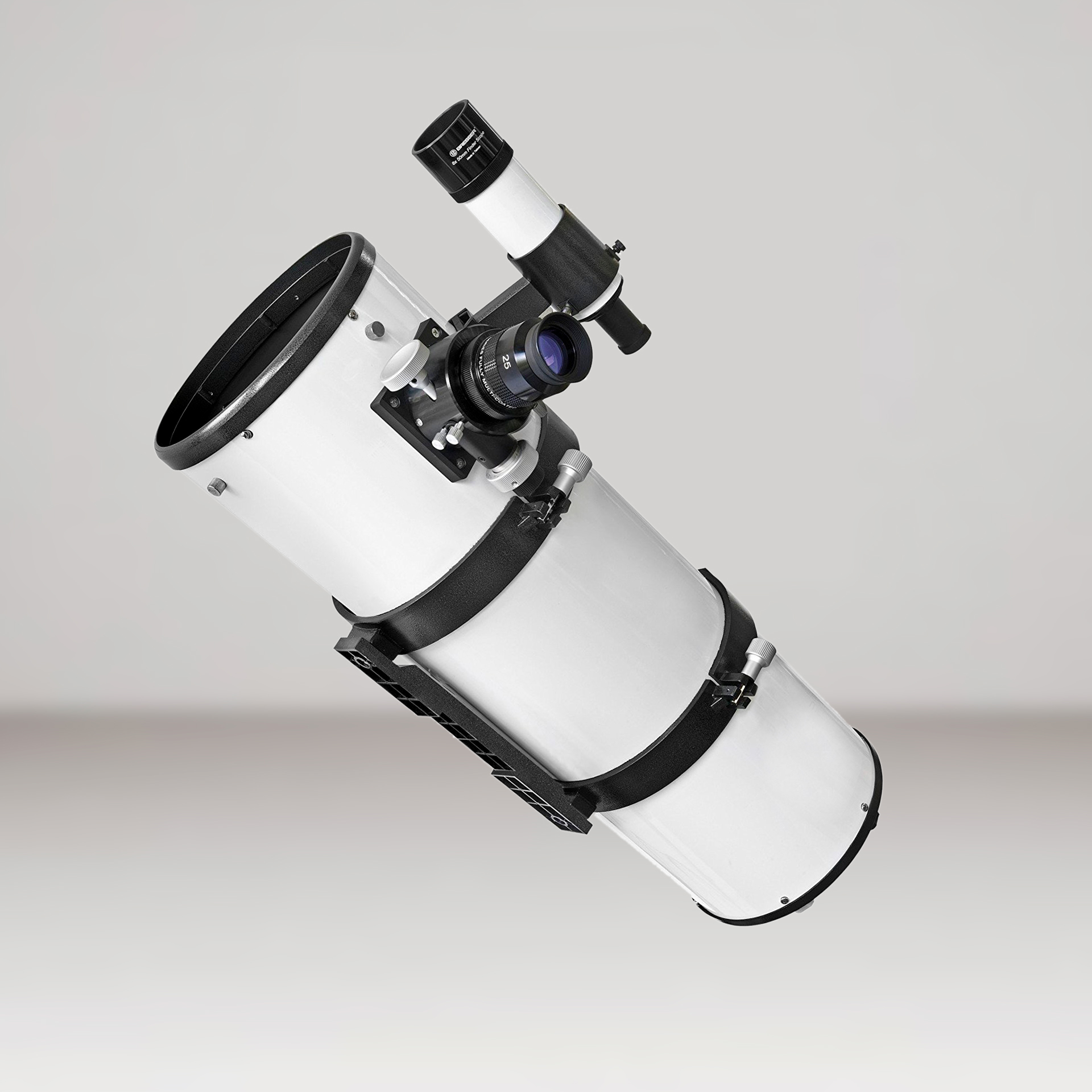
"Build up your purchases over time, and buy only what is absolutely needed. "The equipment can deplete your savings quickly," he says. John Chumack’s Orion Nebula For the budding astrophotographer, Chumack suggests starting slowly and building up gear within budget. Because astrophotos require long exposures, John can have his whole fleet of telescopes observing different targets at the same time. These are housed in a metropolis of observation domes. He has another observatory at his home in Dayton, Ohio.His primary telescope is a homemade 16-inch F4.5 fork-mounted Newtonian reflector, but he also owns a battery of Meade telescopes: 10-inch LX200 SCT, 12-inch IX200 SCT, 8-inch F5.5, as well as a collection of smaller scopes. Chumack observes most often from the Chumack Observatories Yellow Springs Research Station in Ohio, but he has enough luggable equipment to take on the road to capture images where the seeing is best. His photographs have been published in National Geographic, Science and Discovery, and his work has been featured on the cover of Time. The Great Canary Telesope in the Canary Islands, which recently opened, cost $179 million, so with that reference point, these super scopes seem like a bargain.Left: John Chumack is a research associate at the University of Dayton who has been photographing the night sky for 20 years. The price tags of these setups may seem steep for the casual enthusiast, but the staggering images they capture are worth the down payment. The best cosmic images are usually assembled from scores of different exposures. Many skills are necessary, but one of the most crucial is mastery of Photoshop. And while gear counts, some have very modest rigs. Some are so good they’re given access to the biggest telescopes available, including the Spitzer Space Telescopes.
#10 INCH NEWTONIAN TELESCOPE HOW TO#
But don’t call them amateurs – these terrestrial space explorers have some of the most sophisticated rigs outside the pros, and they know how to use them.


Here you’ll meet some of the best DIY astrophotographers in this growing subculture. Price drops for semi-pro astronomy gear have put some impressive equipment in the hands of astrophotographer hobbyists.


 0 kommentar(er)
0 kommentar(er)
